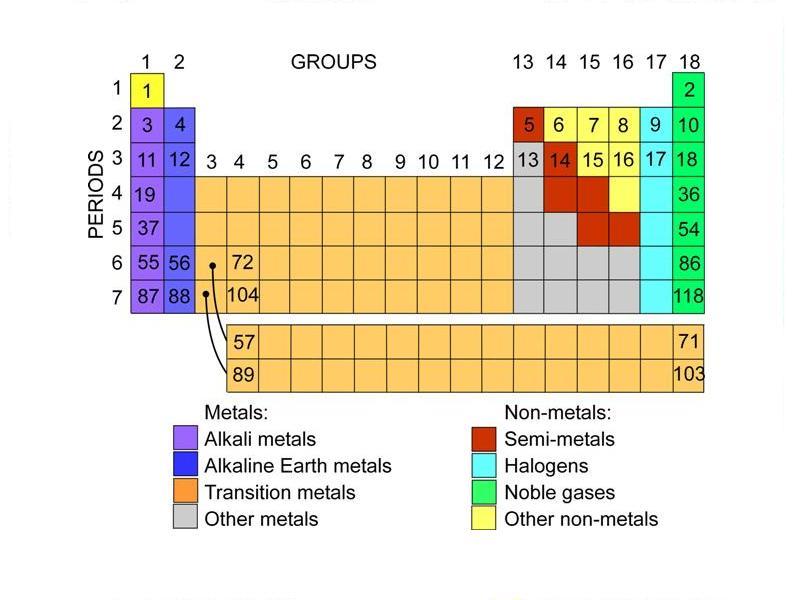
The order of the groups might be different compared to in-memory Input to groupsummary must be a tall table. If the function handle takes multiple inputs, then the first Must be a valid input for splitapply operating on a If the method argument is a function handle, then it Included when specifying the "all" method.įor tall datetime arrays, the "std" method is not "numunique" methods are not supported and are not The IncludeEmptyGroups name-value argument is not If the first input is a tall matrix, then groupvars canīe a cell array containing tall grouping vectors. Matrices, then they must have the same number of rows. Vectors, or a cell array containing a binning method for each grouping When multiple grouping variables or vectors are specified, you can provideĪ single binning method that is applied to all grouping variables or

#Element table groups full
The first day of the week is Sunday.īins are full day names, such as "Sunday".īins are full month names, such as "January". This value accounts for leap days.Įach bin is 1 decade (10 calendar years).Įach bin is 1 century (100 calendar years).īins are days from 1 to 7. This value accounts for daylight saving timeĮach bin is 1 calendar year. For each group computation, the x and y arguments passed to xcov are specified pairwise by variable from the two cell elements and. The first two input arguments to xcov describe the data to correlate, the third argument describes the lag size, and the fourth argument describes the type of normalization. Use the xcov function as the method to compute the correlation. Grouping by location, compute the correlation between patient height and weight and the correlation between systolic and diastolic blood pressure.

Location Systolic Diastolic Height Weight


 0 kommentar(er)
0 kommentar(er)
